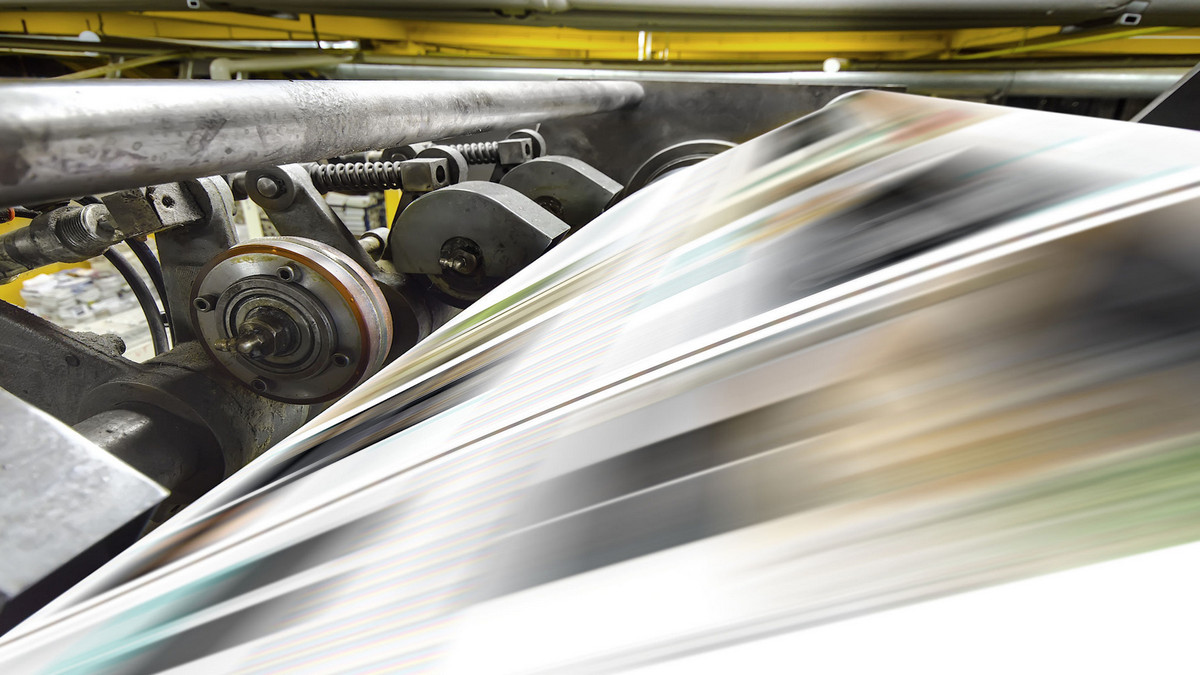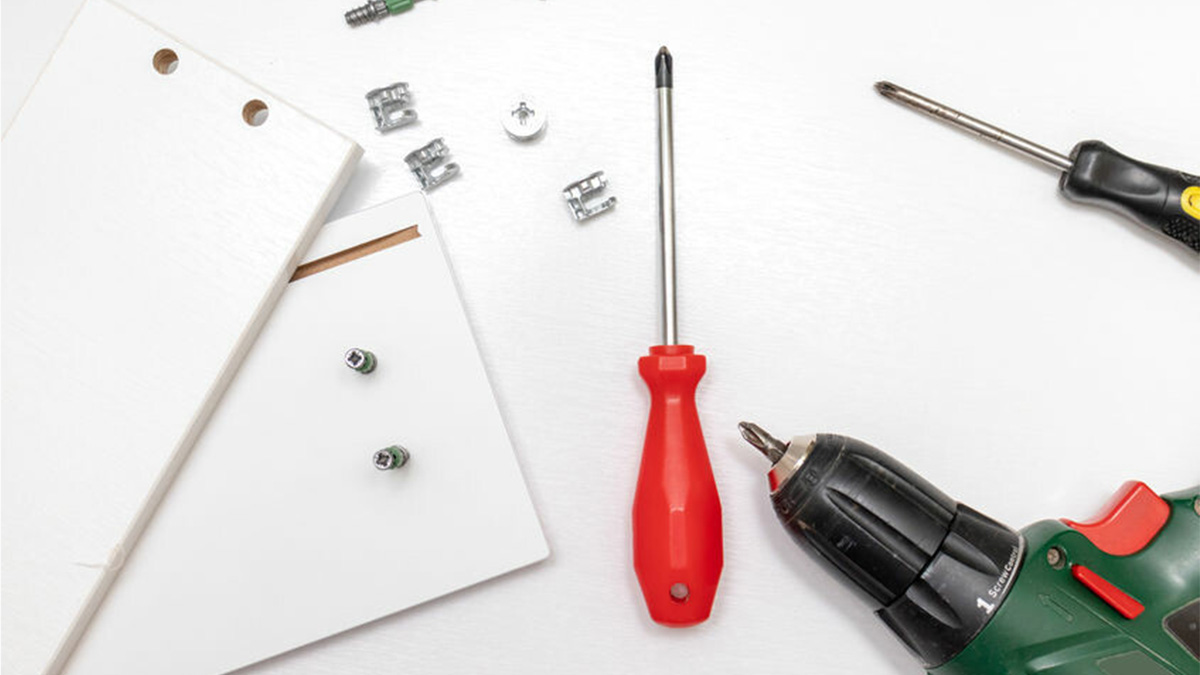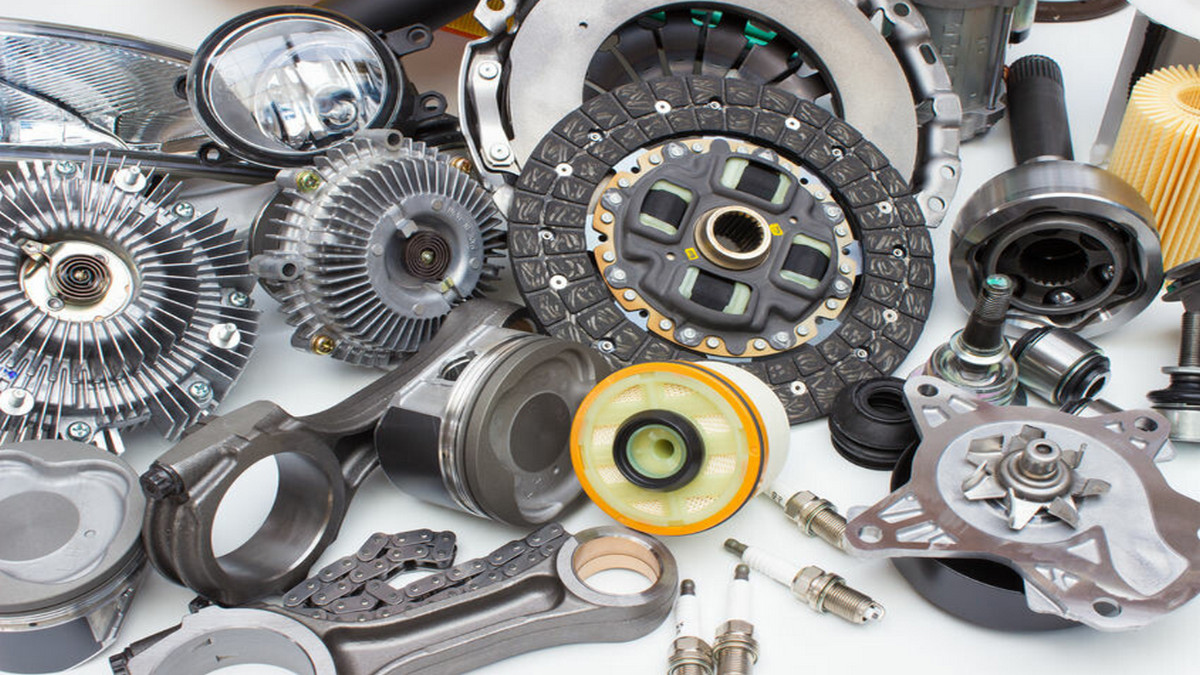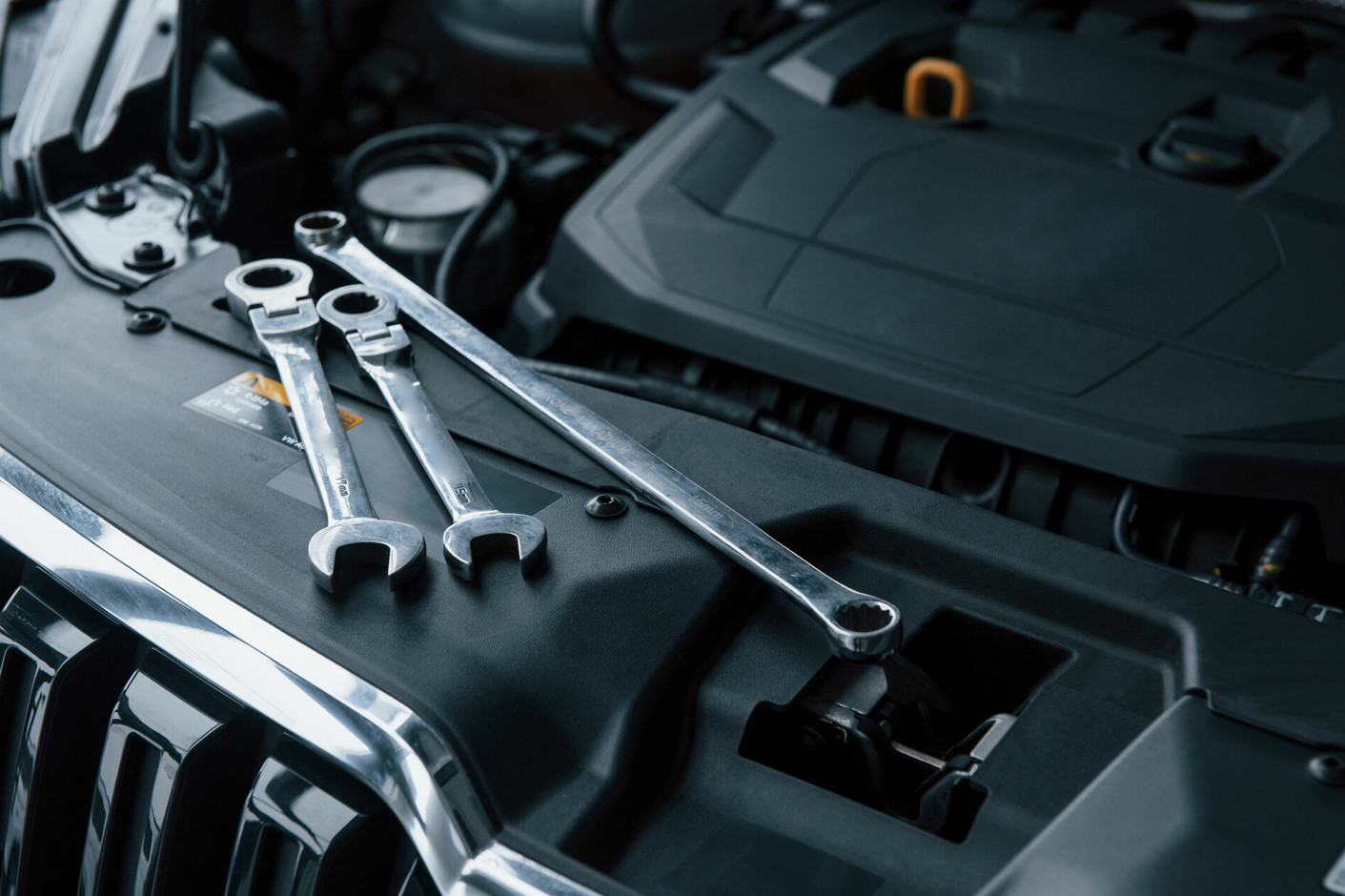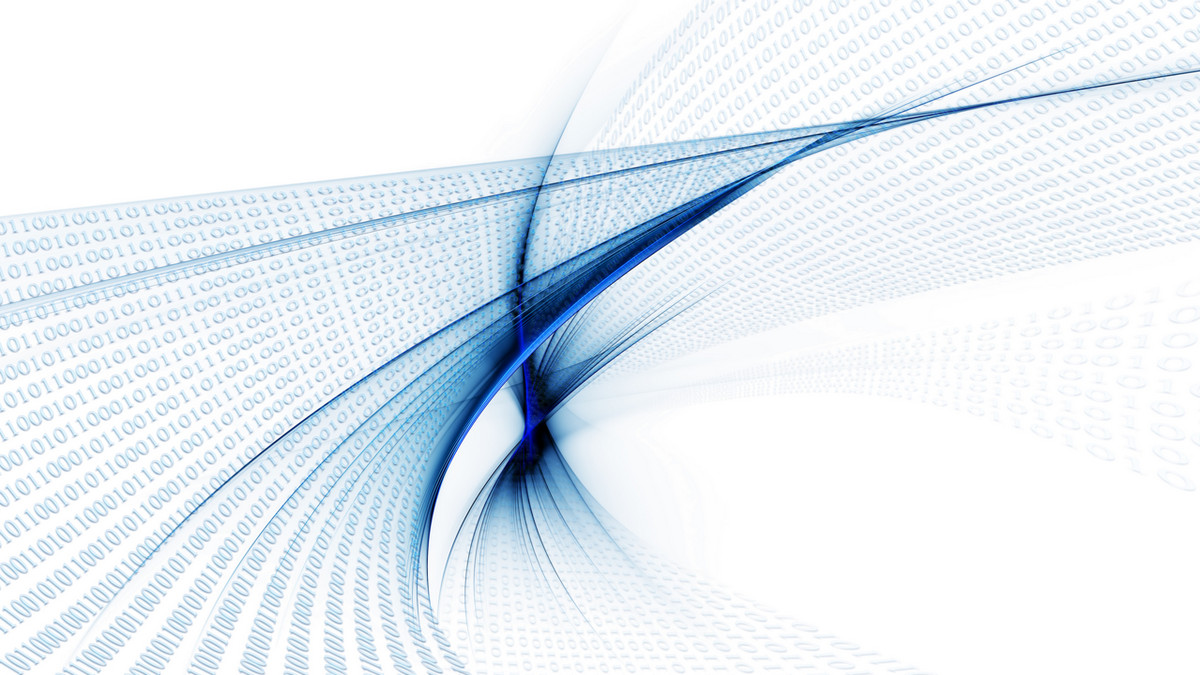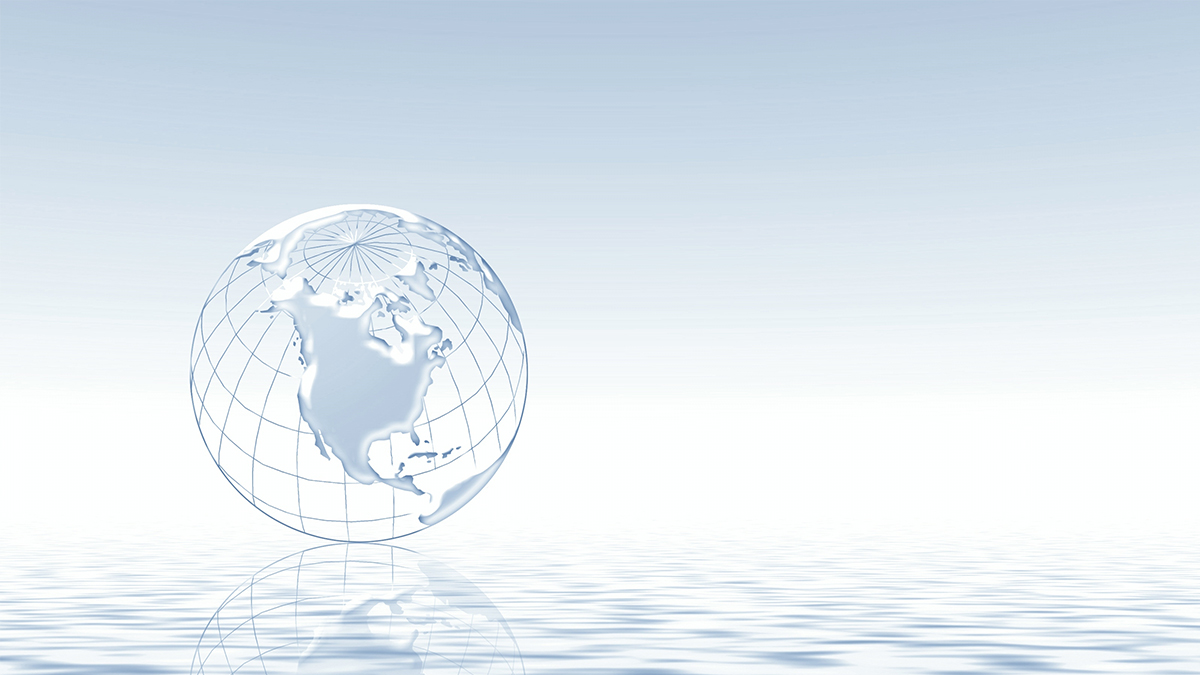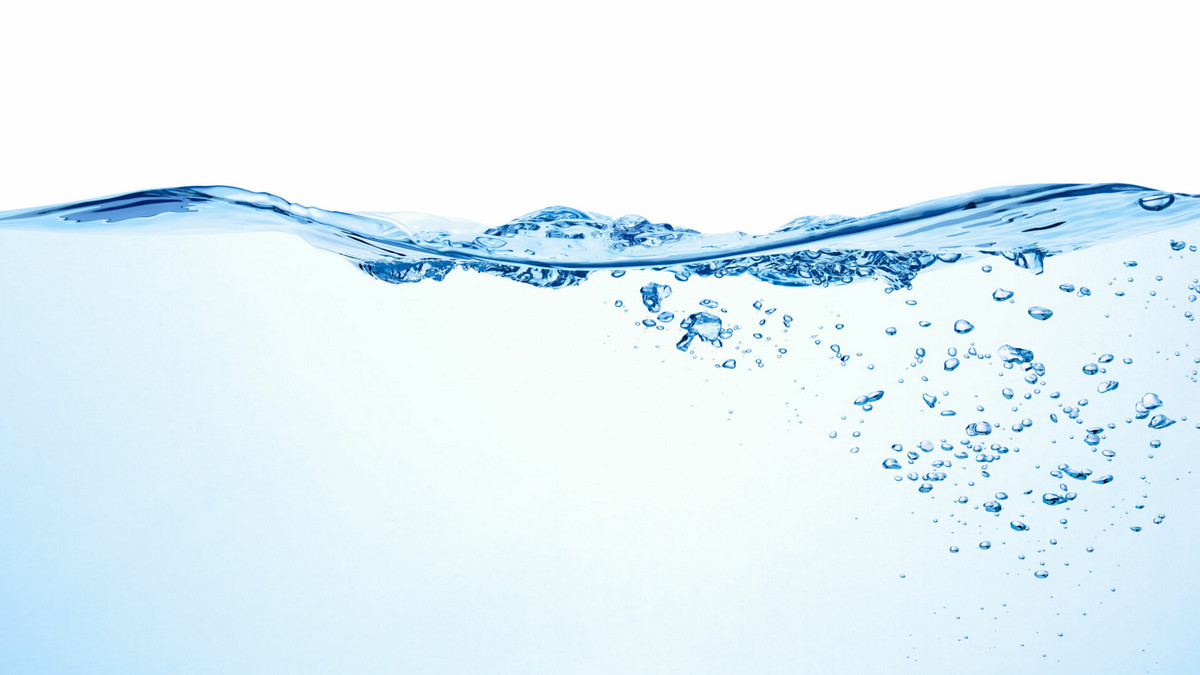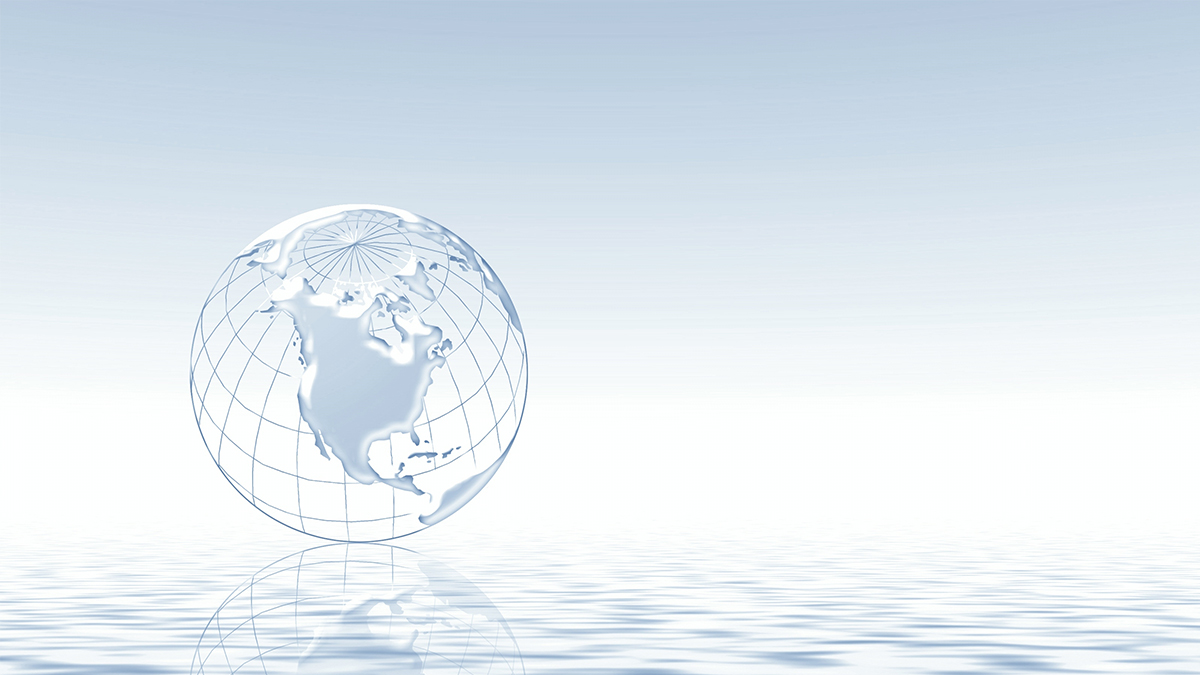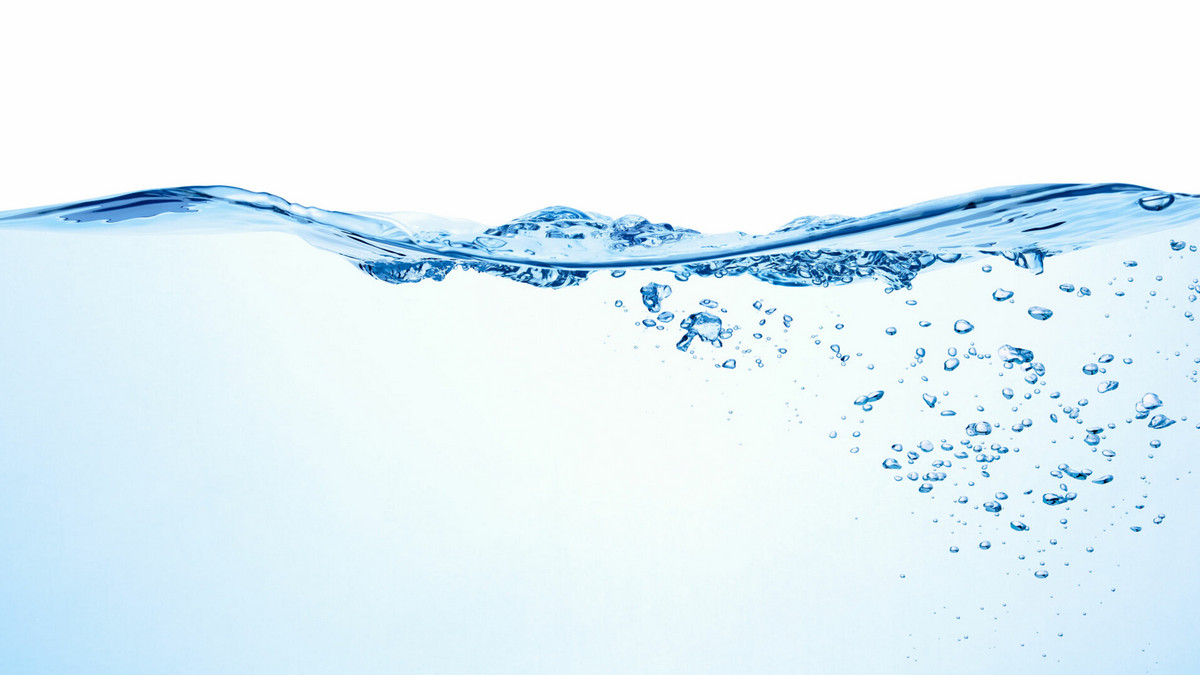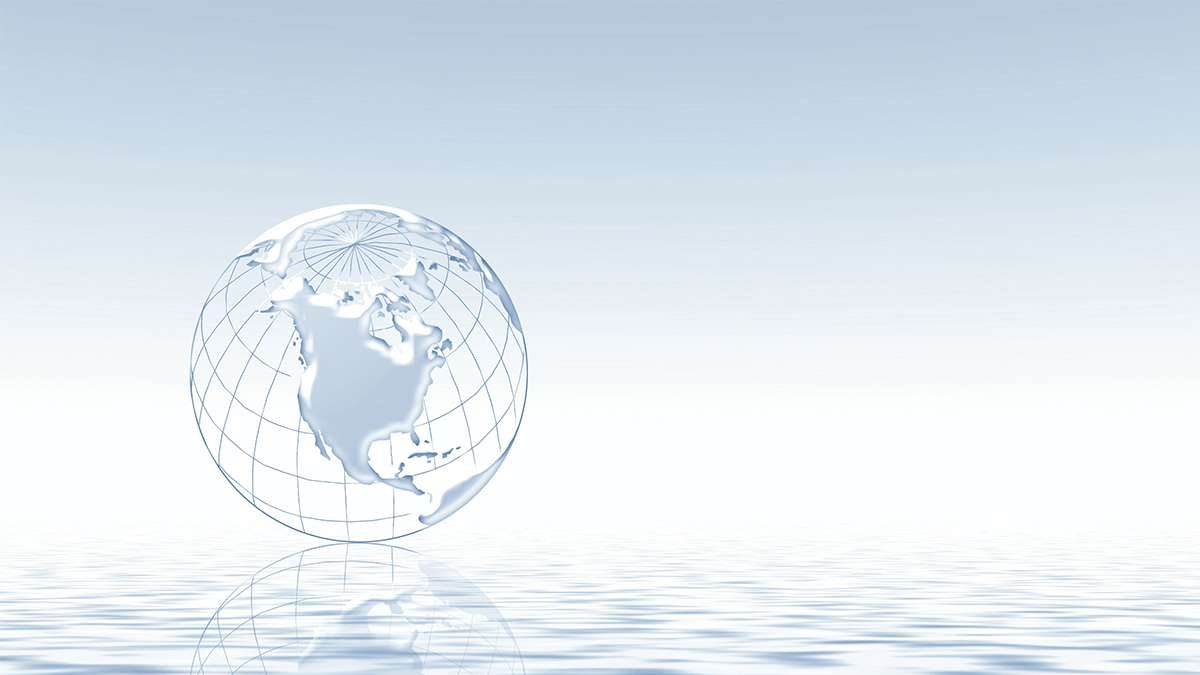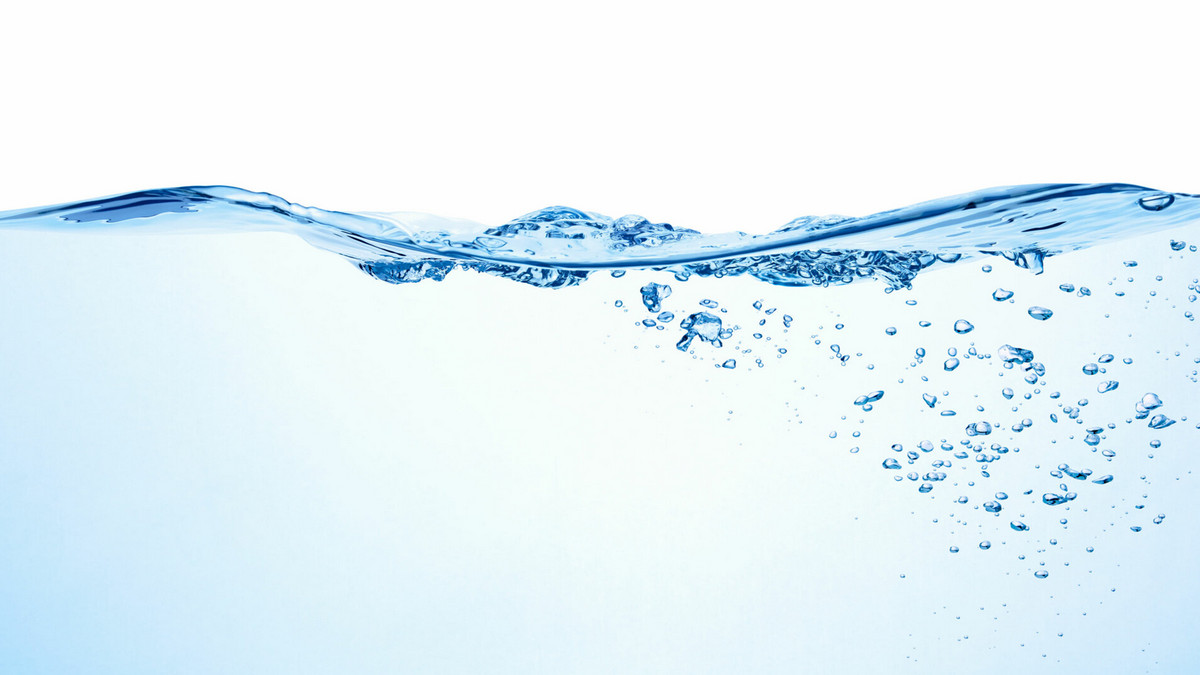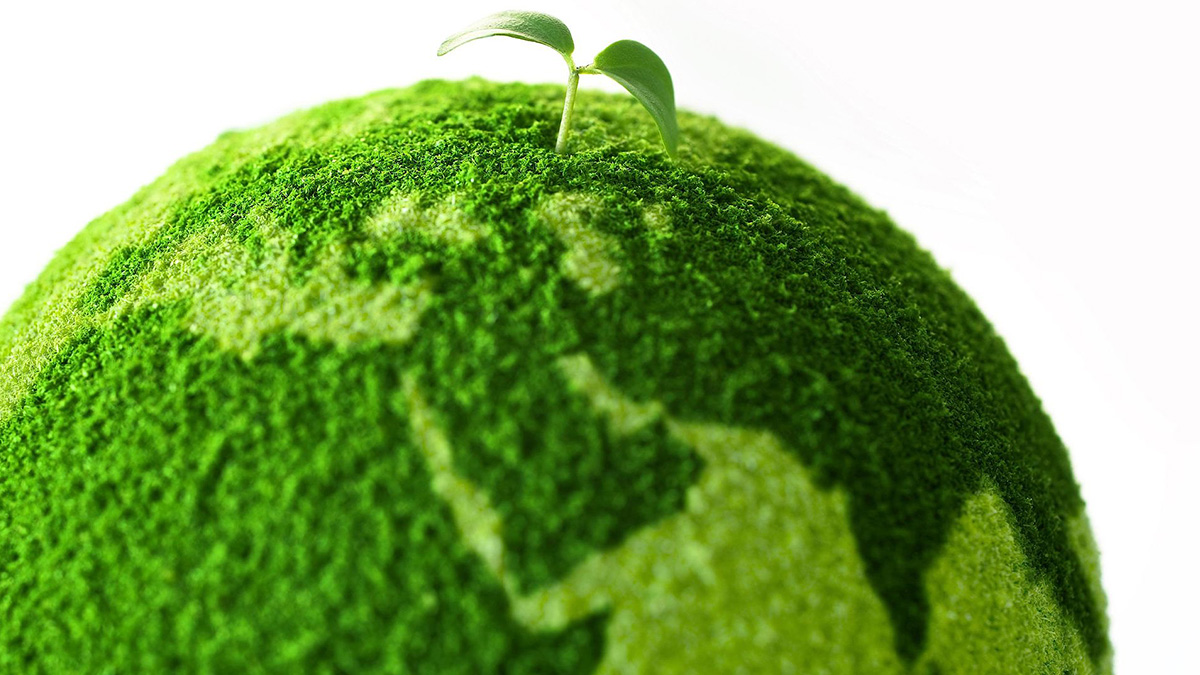With the rapid advancement of science and technology, 3D scan technology has also developed. Through the light source, light with a special structure is projected onto the surface of the object, and digital information is obtained through computer calculation. The versatile 3D scan technology is gaining popularity.
What is 3D Scanning Technology?
There are dozens of 3D scanning technologies, which can be mainly divided into contact and non-contact. Contact measurement technology to obtain digital data through the probe and send it back to the computer. The non-contact measurement technology uses the optical lens to obtain the reflection of the object to detect the shape of the object through the change of the projection of the laser or different light sources and restore the appearance for 3D reconstruction.
The Principle of 3D Scanning:
3D scanning is one of the technical methods of 3D measurement technology. Under the limitation of technology in the past, the method of obtaining the size data of the object can only be through the traditional vernier scale, or the three-dimensional measuring bed is not easy to move, and its use has been limited. Today's technology can project light through probes or optical lenses, and obtain 3D data based on coordinates, which can achieve the purpose of measurement.
At present, there are dozens of 3D scanning technologies available in the market, among which contact and non-contact are the two mainstreams. That is what we commonly call 3D scanning, through the optical lens, the reflection of the object is obtained and analyzed into digital information with the change of the laser or the projection of different light sources.
In the process of 3D scanning, the 3D scanner can gradually create a digital image of the target object, and the scanning results are usually compatible with CAD design software and 3D printing programs, to directly modify or produce a 3D printing entity.
3D Scanning Applications:
The data obtained after 3D scanning can be used for various purposes, among which reverse engineering and product inspection (Computer Aided Verification) are the main applications. When a physical or manual model is completed by measurement, the process of CAD or CAM data output is established, which is called reverse engineering. This process can save time and cost in product development. Reverse engineering (RE) combined with rapid prototyping (RP) is a widely used solution today. With the evolution of 3D printing technology, RE+RP has been extended to various fields, such as visual design, product development, doll design, etc.
In addition, the application fields of 3D scanning include automobile manufacturing, precision instruments, technological products, aviation equipment, energy equipment, art relics, and other industries.
What are the Technical Categories of 3D Scan Scanning?
- Non-contact Scanning:
- Time Of Flight: Time difference ranging uses laser light to detect the target and then converts the surface image of the object through the round-trip time of the laser light. Since each laser signal can only measure one endpoint, it is usually equipped with a rotating mirror to scan the object 360 degrees. Time difference ranging technology can measure about 10,000 to 100,000 target points per second. It is used in large industrial objects and fields with high precision, but the speed is relatively slow compared to other 3D scanning technologies.
- Laser Triangulation: The triangular ranging method means that the laser spot on the object, the sensor, and the laser form a triangle, and the laser light is emitted to the object to be measured, and the reflection time and deviation angle of the laser spot is recorded through the sensor. And use this to calculate the shape of the object. The triangulation method is a 3D scanning technology with high resolution and accuracy. However, it is relatively sensitive to the surface characteristics of the scanned object and is not suitable for objects with highly reflective or transparent surfaces.
- Photometric Stereo: The principle of photogrammetry is to analyze still photos taken from different angles and automatically detect the pixels corresponding to each other. Due to the huge amount of information, it needs to be calculated by a high-power computer. Photogrammetry is suitable for large fields such as surface models or aerial shots. One of the disadvantages is the low resolution of details and the long time required for shaping operations.
- Structured Lighting 3D Scanning: Structured light is an optical method of 3D scan scanning, in which light with a special structure is projected onto the scanned object through a light source. Then through image processing, the three-dimensional shape of the surface of the object is obtained. Each type of structured light has different scanning accuracy and corresponding algorithms. Most of them use binocular, structured light, or TOF measurement methods for comparison. Structured light is the most widely used technique because it is easy to install and maintain and has a low cost. The commonly structured light scanners are divided into vertically structured light scanners and hand-held structured light scanners. The linear pattern is projected on the object to be measured, and the surface shape of the object is calculated through the deformation of the edge of the grating. The light source is usually LED white light or blue light, it is widely used for human or facial imaging. Some 3D scanners can also read color effects, and this full-color scanning aid is often referred to as a texture camera. Since it can measure multiple points or a large area at one time, it is often divided into fixed 360-degree scanning or hand-held fast scanning. Structured light 3D scanning can achieve a balance between speed and imaging quality, and hand-held scanning is relatively simple and is a relatively common application technology. However, this technology is more sensitive to the influence of ambient light, so it is more suitable for indoor and outdoor environments. It is recommended to scan on cloudy days without strong sunlight.
- Infrared Scanning Technology: 3D scan infrared scanning technology, by projecting infrared rays to the scanned object, completes image acquisition and real-time superimposition into a single 3D data at the moment of moving to scan. The principle of infrared scanning is similar to that of the human eye, and it can be captured by multi-point measurement and high-precision so that 3D images can be easily measured and scanned.
- Laser Scanning Technology: The laser technology in 3D scan scans through the triangulation method. When the object moves, the laser will project dots or lines on the object and obtain the scan data. Lasers are better than infrared in scanning accuracy and quality. Even in places with high light intensity, laser technology can still be used for scanning. The common laser scanners are divided into vertical laser scanners and handheld laser scanners.
- Contact Scanning:
- Contact 3D Scanning (Contact Based):Physically detect the object, and use the probe to move to each endpoint on the surface to calculate the 3D image, which can be imagined as a calculation method of drawing a three-dimensional structure with a pen. Since contact 3D scanning has high accuracy and is almost unaffected by the light on the surface of the object, it is only suitable for small and medium-sized objects in terms of speed and is not suitable for fragile ancient artifacts or works of art due to limited physical contact.
The Advantages and Challenges of 3D Scanning Technology:
- Advantage: 3D scan technology is a digital model that has undergone countless precise calculations. And such a high-tech product is also considered to be one of the most accurate technologies. From tiny parts to giant objects, 3D scan technology can restore the shape of objects. In the case of easy copying, modification, and preservation, it can be widely used in various industries, such as aerospace engineering, criminal identification, medical use, and so on.
- Challenge: Although 3D scan technology can quickly solve problems, it is not completely without shortcomings. 3D scan scanning technology is mainly based on optical principles. Therefore, if it is a surface that affects optical reflection, it will become a blind spot for 3D scan scanning technology. The production can be completed by fogging the surface of the object or using 3D software to repair it.


